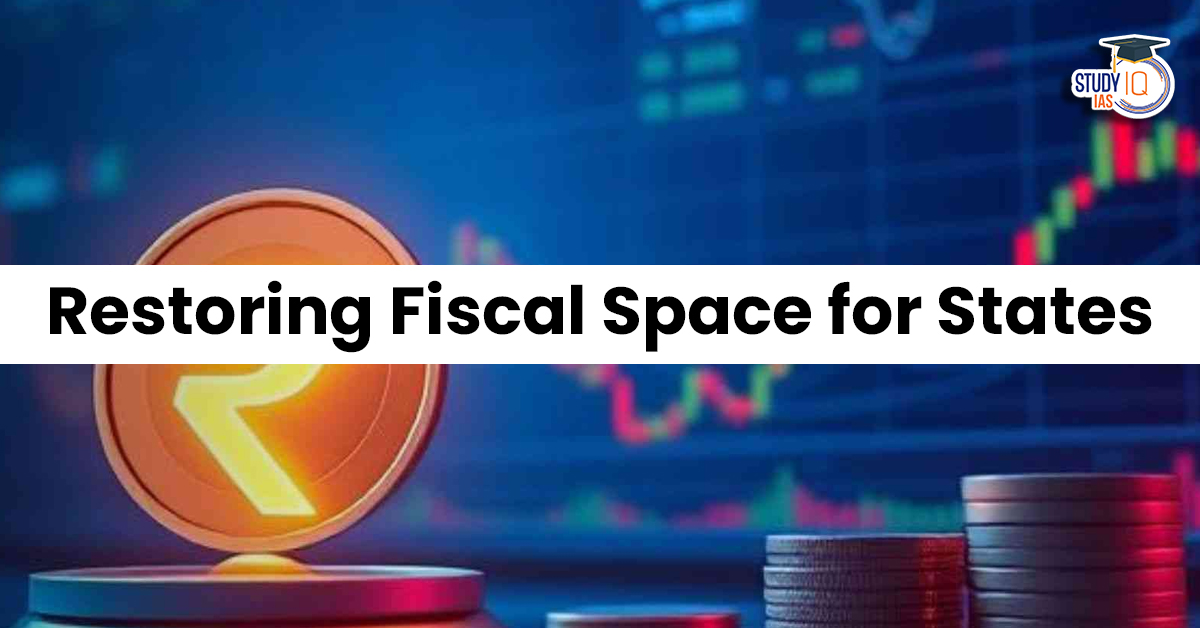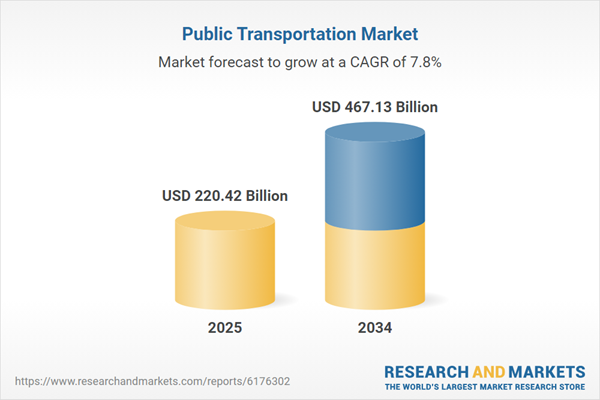Report on Fiscal Federalism in India and its Impact on Sustainable Development Goals
Introduction
The 2017 implementation of the Goods and Services Tax (GST) centralized India’s indirect tax system, significantly altering the fiscal autonomy of its states. This report examines the consequences of this centralization, particularly the erosion of state fiscal capacity and its direct impact on the nation’s ability to achieve the Sustainable Development Goals (SDGs). The scheduled conclusion of GST compensation in 2025 necessitates a critical reassessment of the fiscal framework to ensure states possess the resources required to advance the 2030 Agenda.
Erosion of State Fiscal Autonomy and its Conflict with SDG Principles
Centralization under the GST Framework
The GST regime has diminished the independent taxation powers of states, consolidating authority within the GST Council, where the central government holds substantial influence. This shift challenges the principle of subsidiarity, which is fundamental for the effective local implementation of the SDGs.
Impact on State Capacity to Fund SDGs
States are responsible for approximately 52% of total government expenditure, with a primary focus on welfare and development sectors that are intrinsically linked to the SDGs. The reduction in fiscal autonomy directly impedes progress on several key goals:
- SDG 1 (No Poverty) & SDG 2 (Zero Hunger): States face constraints in funding and adapting social safety nets and food security initiatives to local needs.
- SDG 3 (Good Health and Well-being) & SDG 4 (Quality Education): The capacity to invest in public health infrastructure, primary care, and educational facilities is severely curtailed by revenue uncertainty.
- SDG 9 (Industry, Innovation, and Infrastructure) & SDG 11 (Sustainable Cities and Communities): Limited borrowing freedom and unpredictable revenue streams hamper long-term state investments in critical infrastructure and sustainable urban development.
The Role of Non-Shareable Cesses and Surcharges
An increasing reliance on central cesses and surcharges, which are not part of the divisible tax pool, further reduces the resources available to states. This practice undermines the collaborative spirit of SDG 17 (Partnerships for the Goals) by limiting the financial capacity of state partners.
Fiscal Imbalance as a Barrier to SDG 10 (Reduced Inequalities)
Growing Dependence on Central Transfers
On average, 44% of state revenue is derived from central transfers, creating a dependency that exacerbates regional disparities. This fiscal asymmetry, with some states like Bihar depending on the Centre for 72% of their revenue, is a direct obstacle to achieving SDG 10 (Reduced Inequalities).
Inequities in the Finance Commission Mechanism
The devolution formulas used by the Finance Commission have faced criticism for potentially penalizing fiscally efficient and progressive states. A lack of transparency in grant allocation further complicates efforts to ensure equitable resource distribution for balanced regional development, a core tenet of SDG 10.
Recommendations for a Pro-SDG Fiscal Framework
Strengthening State Revenue and Autonomy
To empower states to effectively pursue their SDG targets, the following structural reforms are recommended:
- Merge Cesses and Surcharges: All central cesses and surcharges should be incorporated into the divisible tax pool. This would ensure a fairer distribution of national revenue, directly supporting the partnership model of SDG 17.
- Permit State-Level “Top-Up” Taxation: Allow states the flexibility to levy a minor surcharge on taxes such as Personal Income Tax (PIT). This would provide a crucial, independent revenue source to fund local development priorities aligned with various SDGs.
- Reform Centrally Sponsored Schemes (CSS): Grant states greater autonomy to design and implement schemes tailored to their specific socio-economic contexts, thereby enhancing the effectiveness of interventions for SDG 1, SDG 3, and SDG 4.
Reforming Institutional Mechanisms for Cooperative Federalism
Strengthening governance institutions is essential for achieving SDG 16 (Peace, Justice, and Strong Institutions). Key reforms include:
- Reform the GST Council: Enhance state representation and move towards greater voting parity to ensure that decision-making reflects a genuine federal consensus.
- Establish a Permanent Centre-State Fiscal Council: Create an institutionalized platform for continuous dialogue, coordinated fiscal policy, and transparent dispute resolution.
- Adopt Data-Driven Fiscal Management: Leverage real-time data and analytics for more accurate and transparent revenue forecasting, which would improve fiscal stability and planning for both central and state governments.
Conclusion: Aligning Fiscal Federalism with the 2030 Agenda
Restoring the fiscal space of states is a critical prerequisite for India’s successful achievement of the Sustainable Development Goals. A rebalanced, transparent, and cooperative fiscal federalism model is imperative to empower states as the primary drivers of development, ensuring that progress towards the 2030 Agenda is both equitable and sustainable across the nation.
Analysis of Sustainable Development Goals (SDGs) in the Article
1. Which SDGs are addressed or connected to the issues highlighted in the article?
- SDG 10: Reduced Inequalities – The article discusses the fiscal imbalance and unequal treatment between different states, with some being highly dependent on central transfers while others are more independent. This highlights inequalities in fiscal capacity and resource distribution among sub-national governments.
- SDG 16: Peace, Justice and Strong Institutions – The core theme of the article is fiscal federalism, which relates to the effectiveness, accountability, and transparency of governmental institutions. It examines the roles of the GST Council and the Finance Commission, critiques the centralization of power, and calls for institutional reforms like a Centre–State Fiscal Council to improve governance and cooperative federalism.
- SDG 17: Partnerships for the Goals – The article’s focus on “cooperative federalism,” Centre-State financial relations, and the need for fiscal dialogue directly aligns with strengthening domestic partnerships. It addresses domestic resource mobilization, policy coherence, and the need for coordinated fiscal policies between different levels of government.
2. What specific targets under those SDGs can be identified based on the article’s content?
-
SDG 10: Reduced Inequalities
- Target 10.4: Adopt policies, especially fiscal, wage and social protection policies, and progressively achieve greater equality. The entire article is a critique of India’s current fiscal policies (GST, cesses, surcharges) and their impact on creating inequality among states. The recommendations to merge cesses with the divisible pool and revisit the devolution formula are aimed at creating a more equitable fiscal system.
-
SDG 16: Peace, Justice and Strong Institutions
- Target 16.6: Develop effective, accountable and transparent institutions at all levels. The article points to a “Lack of transparency in how grants and CSS funds are distributed” and calls for reforms to make the GST Council more transparent. The proposal to establish a “Permanent Centre–State Fiscal Council” is a direct call to build a more effective institution for fiscal management.
- Target 16.7: Ensure responsive, inclusive, participatory and representative decision-making at all levels. The article criticizes the GST Council as being “dominated by the Centre” and suggests reforms to “Increase States’ representation and voting parity,” which directly addresses the need for more inclusive and representative decision-making in fiscal matters.
-
SDG 17: Partnerships for the Goals
- Target 17.1: Strengthen domestic resource mobilization… to improve domestic capacity for tax and other revenue collection. The article analyzes the structure of resource mobilization, noting the Centre collects ~67% of taxes while states collect ~33%. The discussion on the erosion of states’ “own tax revenue” due to GST directly relates to the domestic capacity for revenue collection at the sub-national level.
- Target 17.14: Enhance policy coherence for sustainable development. The mismatch highlighted between states’ expenditure responsibilities (welfare and development) and their limited revenue powers points to a lack of policy coherence. The call to “Strengthen Cooperative Federalism” and promote “joint decision-making” is aimed at improving this coherence.
3. Are there any indicators mentioned or implied in the article that can be used to measure progress towards the identified targets?
Yes, the article mentions or implies several quantitative and qualitative indicators:
- Proportion of revenue from central transfers: The article provides a direct indicator of fiscal dependence, stating that “On average, 44% of States’ revenue comes from the Centre,” and gives specific examples like “Bihar (72%)” and “Haryana (20%).” This can measure progress towards reducing fiscal inequalities (SDG 10).
- Distribution of tax collection powers: The article specifies that the “Centre collects ~67% of taxes; States only ~33%.” This ratio serves as a clear indicator for measuring the degree of fiscal centralization and progress on domestic resource mobilization (SDG 17).
- Share of non-shareable revenue: The article quantifies the revenue from cesses and surcharges as “nearly ₹4.23 lakh crore (BE 2025–26).” This figure can be used as an indicator to track the transparency and fairness of the tax-sharing mechanism (SDG 16).
- Distribution of government expenditure: The article states that states are responsible for approximately “52% of total government expenditure on welfare and development.” This indicator highlights the mismatch between revenue-raising powers and expenditure responsibilities, a key aspect of policy coherence (SDG 17).
- Existence of dispute resolution mechanisms: The article implies the lack of an effective institutional mechanism for fiscal coordination by proposing the creation of a “Centre–State Fiscal Council for coordination, dispute resolution, and fiscal monitoring.” The establishment and functioning of such a body would be a qualitative indicator of institutional strength (SDG 16).
4. SDGs, Targets and Indicators Identified in the Article
| SDGs | Targets | Indicators |
|---|---|---|
| SDG 10: Reduced Inequalities | 10.4: Adopt policies, especially fiscal… and progressively achieve greater equality. |
|
| SDG 16: Peace, Justice and Strong Institutions |
|
|
| SDG 17: Partnerships for the Goals |
|
|
Source: studyiq.com






